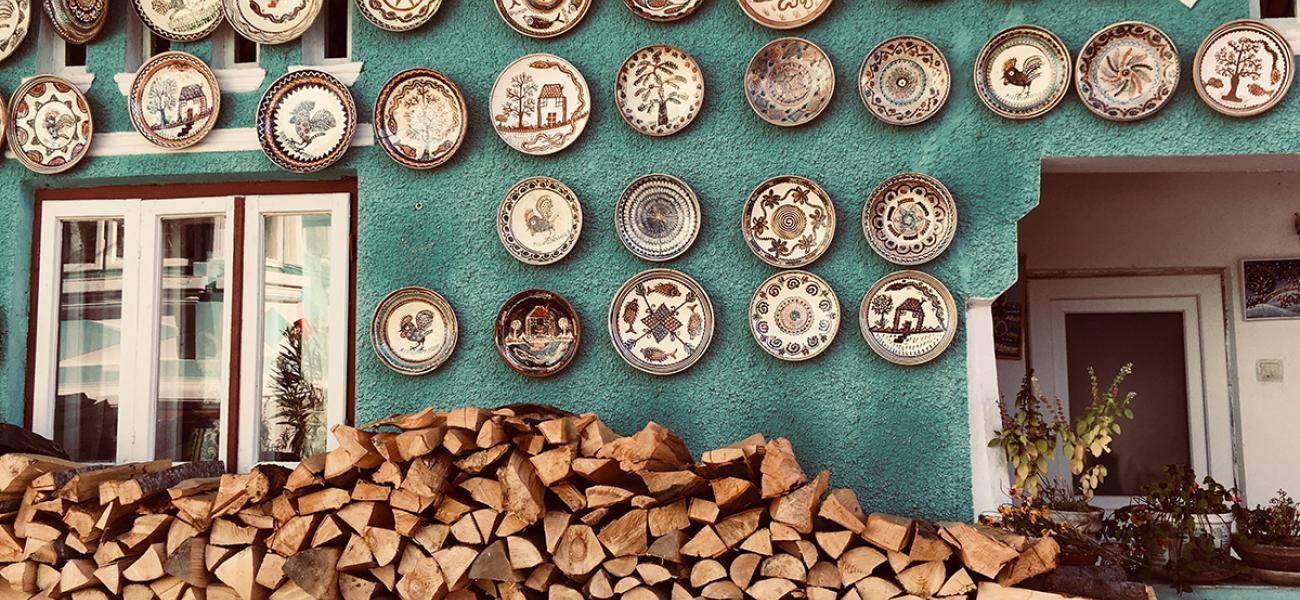Olari is a small village near the town of Horezu, Romania, 223 kilometers northwest of Bucharest. The village is close to the famous Horezu Monastery, which Prince Constantine Bråncoveau built in 1690. The prince invited local skilled craftsmen to work there. Fresco painters, woodworkers, and weavers assisted in the construction and decoration of the monastery. After its opening some craftsmen produced pottery in workshops nearby. They made pots on kick wheels and decorated them using a slip-trailing technique. From these origins came the distinctive pottery of Olari which, in fact, gave the town its name—olari means “potters” in Romanian.
The pottery of Olari reflects generations’ worth of knowledge and skill handed down through pottery families, and today it is supported by a robust retail art market. In 2012, Horezu ceramics was added to the UNESCO Intangible Cultural Heritage List, which honors creative traditions “transmitted from generation to generation.”[1] Artists who perpetuate respect for historical culture and creativity are recognized and rewarded, such as the Olari potters, who first produced wares at the monastery.
Twenty years ago, I was awarded a travel grant that enabled me to visit Olari to learn about traditional slip-trailing techniques from pottery families there. Recently, I returned to Olari. Just as it had on my first visit, it reminded me of a 1700s story-book village. The potters live simply, in a place that meets the requirements for pottery making: local availability of supplies and tools; an abundance of skilled craftspeople and plenty of customers.
Supplies and Tools


